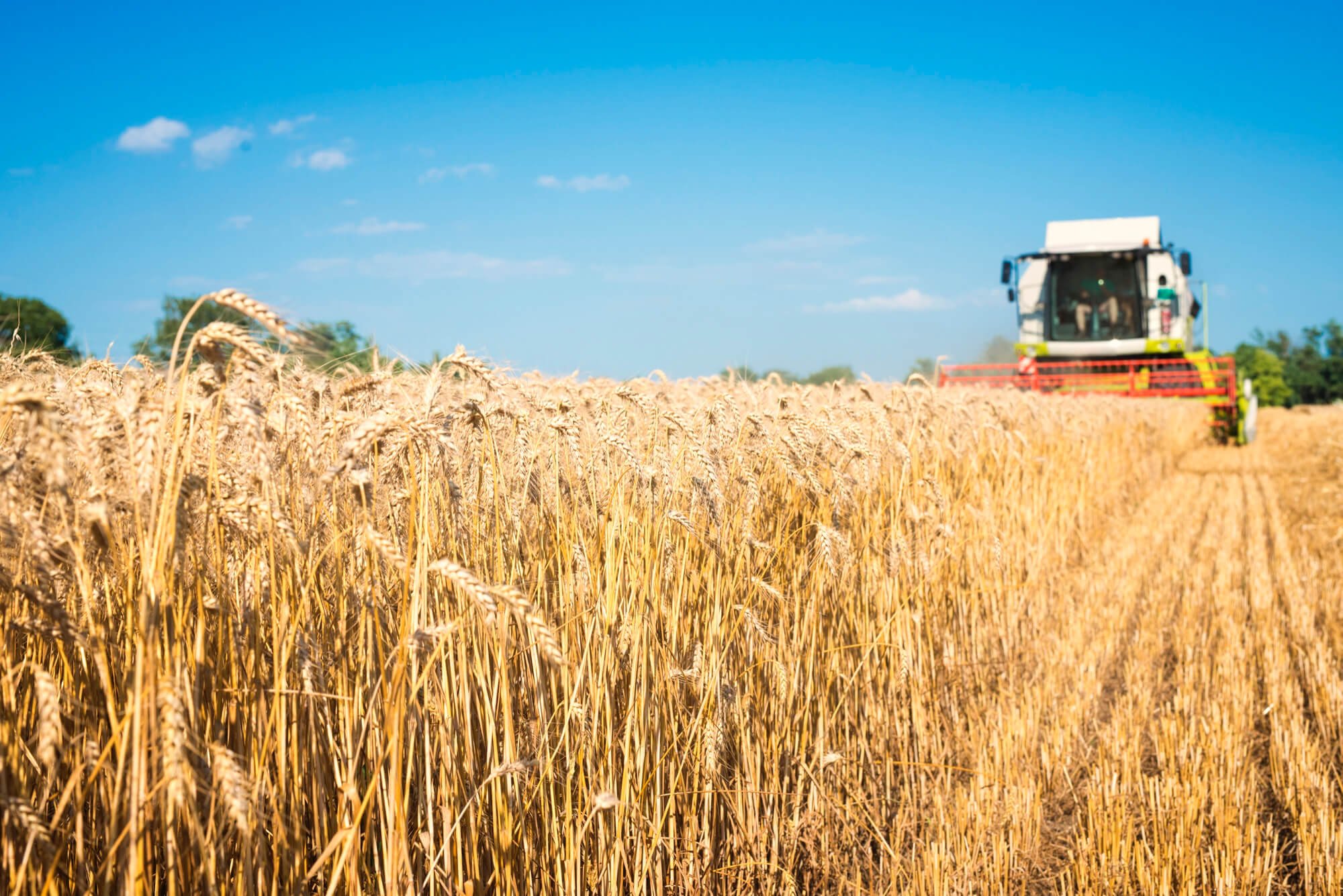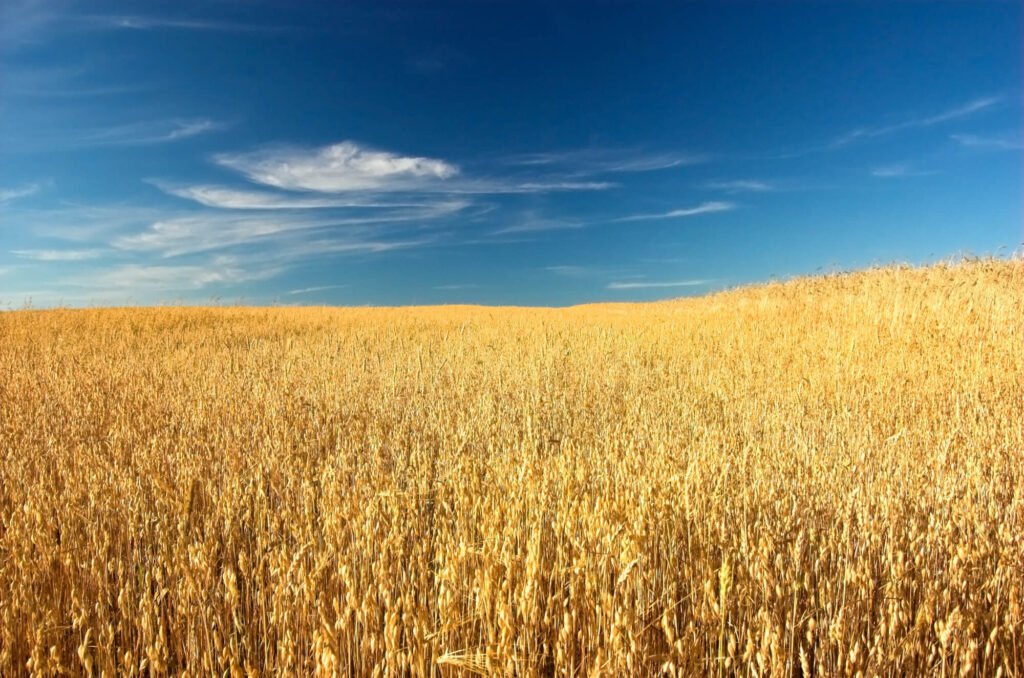Can we feed the world? The rise of climate-resilient crops
Crop resiliency and food insecurity across the world
In the dynamic and ever-evolving landscape of modern agriculture, the significance of cultivating climate-resilient crop varieties cannot be overstated. As global populations continue to rise and environmental conditions shift unpredictably due to the climate crisis, the pressure on agricultural systems to produce consistent, high-quality, and nutritious yields has intensified. These climate-resilient crops stand at the forefront of this challenge, offering a sustainable solution to help feed the world by maintaining productivity in the face of diverse and often adverse growing conditions.
Importance of Resilient Crop Varieties in Modern Agriculture
Drought-tolerant and heat-tolerant crop varieties are essential for several reasons, pivotal in enhancing tolerance in agriculture and ensuring climate resilience. These varieties are crucial in securing food security for the growing global population by providing stable yields despite variable climatic conditions. Their ability to withstand extreme weather events, such as droughts and floods, which are becoming more frequent and severe with climate change, helps mitigate the risk of crop failure. Moreover, these resilient crops are vital for the economic stability of farming communities worldwide, protecting farmers’ incomes and livelihoods against the uncertainties of agricultural production.
Additionally, they play a critical role in conserving biodiversity, as they often require fewer chemical inputs such as pesticides and fertilizers, leading to more sustainable farming practices and less environmental degradation.

What Makes a Crop “Climate Resilient”
A crop variety is termed “resilient” if it can withstand or recover quickly from difficult conditions such as climatic stresses, pest attacks, and diseases. Several key characteristics define resilient crop varieties:
- Drought Tolerance: Drought-tolerant varieties, such as certain high-yield rice genotypes, are capable of surviving and yielding optimally under low water availability. They achieve this resilience through deeper root systems, improved water-use efficiency, or physiological adaptations that minimize water loss.
- Disease Resistance: Resilient crops possess genotypes that enable them to resist infections from pathogens. This resistance can be specific to one or more diseases and is crucial in reducing the dependency on chemical plant protectants, thereby promoting a healthier cultivation environment.
- Heat Tolerance and Climate Adaptability: These varieties can thrive in a range of environmental conditions, including high temperatures. They are bred for heat tolerance and to perform well under various climatic stresses such as salinity or cold snaps, ensuring productive performance regardless of weather unpredictability.
The development and widespread adoption of resilient crop varieties are integral to advancing sustainable agricultural practices that not only meet current needs but also safeguard resources for future generations.
The Need for Resilience in Crop Production
Today’s agricultural sector faces formidable challenges that underscore the urgent need for resilient crop production. Climate change is evident in higher average temperatures, unpredictable weather patterns, extended droughts, and increased flooding, all of which directly threaten crop yields. These rising temperatures exacerbate heat stress, impacting the growth and development of plants, including essential crops like grass.
Concurrently, the escalation of pest and disease prevalence further exacerbates the risk, with new and old pathogens finding favorable conditions in the altered climates. These challenges not only disrupt the ecological balance necessary for crop growth but also pose significant threats to global food security.
As crop yields falter and production becomes inconsistent, food availability is jeopardized, leading to increased prices and heightened risk of food scarcity. Economically, the impact is profound as well; farmers face unpredictable incomes, and nations struggle with the costs of importing food or implementing expensive technologies to combat these challenges.
The ripple effects extend through economies, affecting food prices on the global market and economic stability in agriculture-dependent regions. Thus, developing and adopting drought-tolerant and resilient crop varieties becomes a pivotal strategy in stabilizing global food systems and supporting agricultural economies under the strain of environmental and biological stresses.
Characteristics of Climate Resilient Crops
Resilient crops are characterized by several key traits that enable them to thrive under adverse conditions, enhancing their productivity and sustainability. These traits include:
- Water Use Efficiency: Resilient crops make optimal use of available water, minimizing wastage and maximizing productivity even in drought conditions. Traits such as deeper root systems allow these plants to access water from deeper soil layers, while physiological adaptations like stomatal regulation help reduce water loss through transpiration.
- Enhanced Nutrient Uptake: These crops are capable of absorbing nutrients more effectively from the soil, even when nutrient levels are suboptimal. This ability is crucial in less fertile soils and reduces the dependency on chemical fertilizers, which are both costly and environmentally damaging.
- Stress Tolerance: Beyond being drought tolerant and disease resistant, these crops often exhibit tolerance to other environmental stresses such as high salinity, extreme temperatures, and poor soil quality. These plant’s traits ensure they can not only survive but also produce viable yields under conditions that would typically stunt or kill non-resilient varieties.
Specific Crops That Have Been Genetically or Traditionally Bred for Resilience
Several food crops have been developed, either through traditional breeding techniques or genetic modification, to enhance resilience. For example:
- Rice: Varieties like ‘Sub1’ have been genetically engineered to withstand flooding, a common problem in rice-growing regions. This variety can survive underwater for up to two weeks, dramatically reducing yield loss due to sudden and excessive rainfall. There is also a variety of high-yielding rice which is not less effective.
- Maize: The drought resistance of maize varieties has been developed through traditional breeding methods and is now widely used in Sub-Saharan Africa. These varieties help farmers combat dry conditions without relying on extensive irrigation, thus conserving water and ensuring food production even in arid regions.
- Wheat: Disease-resistant wheat varieties are being developed to combat the devastating effects of rust, a fungal disease that can wipe out entire crops. These varieties incorporate genes that provide resistance to multiple strains of wheat rust, ensuring stability in wheat production globally.
The nutritional value and nutritional quality of resilient crops can vary widely depending on the type of crop, the specific traits it has been bred for, and the environmental conditions in which it is grown. However, the goal of breeding resilient crops often includes maintaining or improving their nutritional content, even under challenging conditions.
Impact of Resilience in Agriculture on Farming Practices
The integration of resilient crop varieties into agriculture is transforming farming practices, paving the way for more sustainable and efficient agricultural methods. These changes include:
Reduced Need for Chemical Inputs
Resilient crops often require fewer pesticides and fertilizers because they are bred to resist pests and diseases and are better at nutrient uptake. This reduction not only lowers the cost of crop production but also decreases the environmental impact associated with heavy chemical use, such as soil degradation and water pollution.
Alteration in Planting Schedules
With the ability to withstand unusual weather patterns and extended seasons of stress, farmers can adjust their planting schedules. For instance, drought-resistant types may be planted earlier or later in the season to take advantage of changing rainfall patterns, thereby optimizing yield despite climatic variability.
Benefits for Small-Scale and Large-Scale Farming Operations
The adoption of resilient crop varieties offers significant benefits across different scales of farming operations:
Small-Scale Farming
For smallholder farmers, particularly in developing countries, resilient crops can be a game-changer. These farmers often face the greatest risks from climate variability and have the least resources to manage them. Resilient varieties can reduce the risk of total crop failure, provide stable yields, and reduce the need for financial inputs in the form of fertilizers and pesticides. This stability allows small-scale farmers to plan better and secure their livelihoods, reducing rural poverty.
Large-Scale Farming
On a larger scale, the adoption of resilient varieties allows for more predictable production and easier scalability of operations. Large-scale farmers can invest more confidently in innovative technologies and farming methods, knowing that the resilience of their crops reduces the risk associated with each investment. Moreover, these varieties can help in maintaining consistency in quality and yield, which is crucial for meeting market demands and standards, especially in competitive export markets.
Overall, these crops contribute to making farming more economically viable. They help ensure that agricultural practices can adapt to and thrive under the changing conditions posed by global environmental challenges like less water.

Future Prospects and Research Directions
Emerging Trends in Crop Resilience Research
Current research in crop resilience is increasingly focusing on integrating genetic, biotechnological, and agroecological approaches to develop new varieties. There is a growing trend towards using CRISPR and other gene-editing technologies to precisely enhance specific traits such as drought tolerance and pest resistance. Additionally, there is a notable shift towards understanding the microbiome interactions in crops, which could lead to breakthroughs in how plants absorb nutrients and resist diseases naturally.
Potential for Future Technologies and Discoveries in Crop Resilience
The potential for future technologies in crop resilience is vast and promising. Advancements in AI and machine learning are poised to revolutionize how we identify and breed resilient crop varieties, enabling faster and more accurate predictions of plant performance under various environmental conditions. Moreover, the exploration of novel climate-adaptive traits and their incorporation into crop genomes holds the promise of developing super-resilient crops that can thrive in extreme conditions, thus greatly enhancing global food security in the face of climate change.




